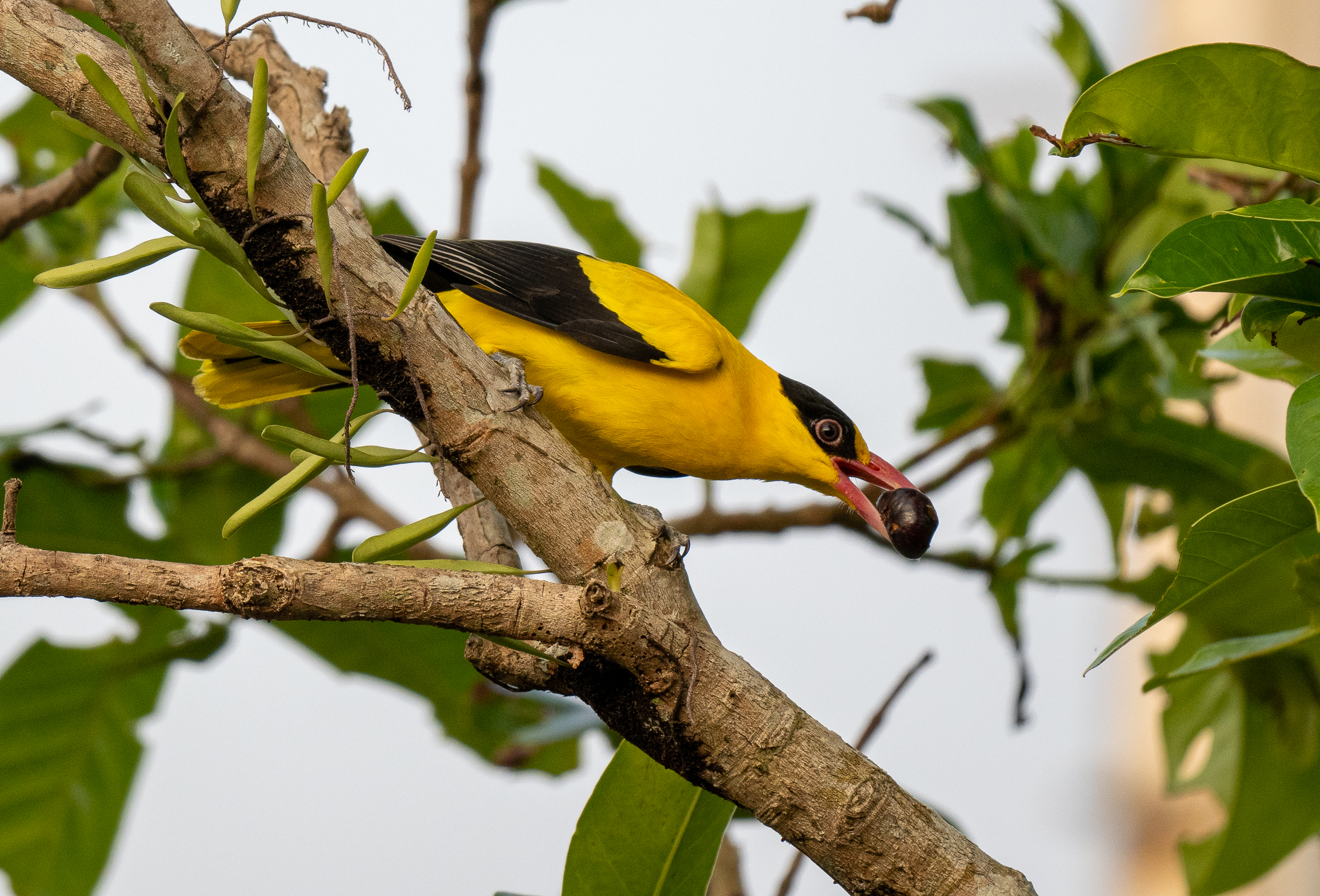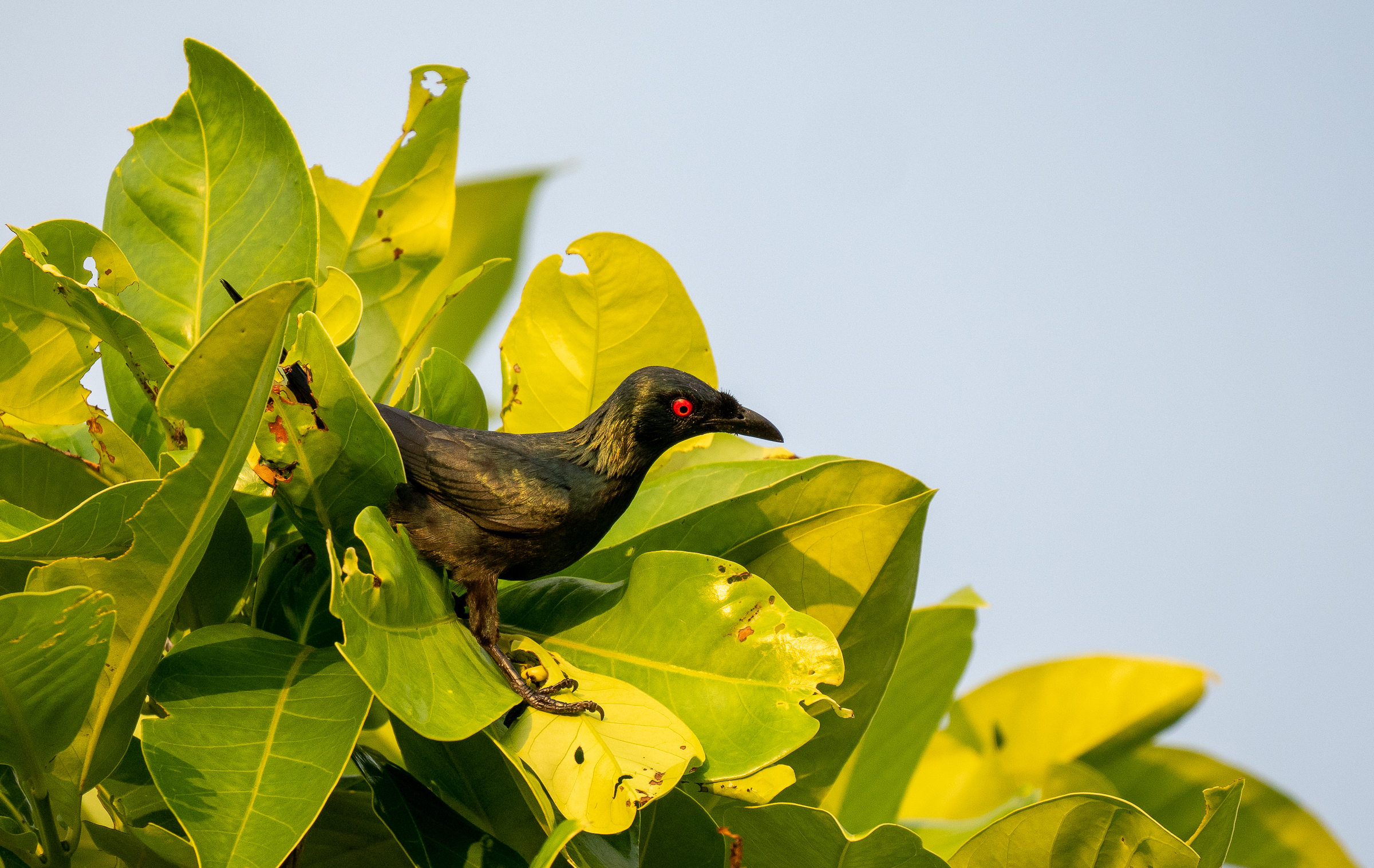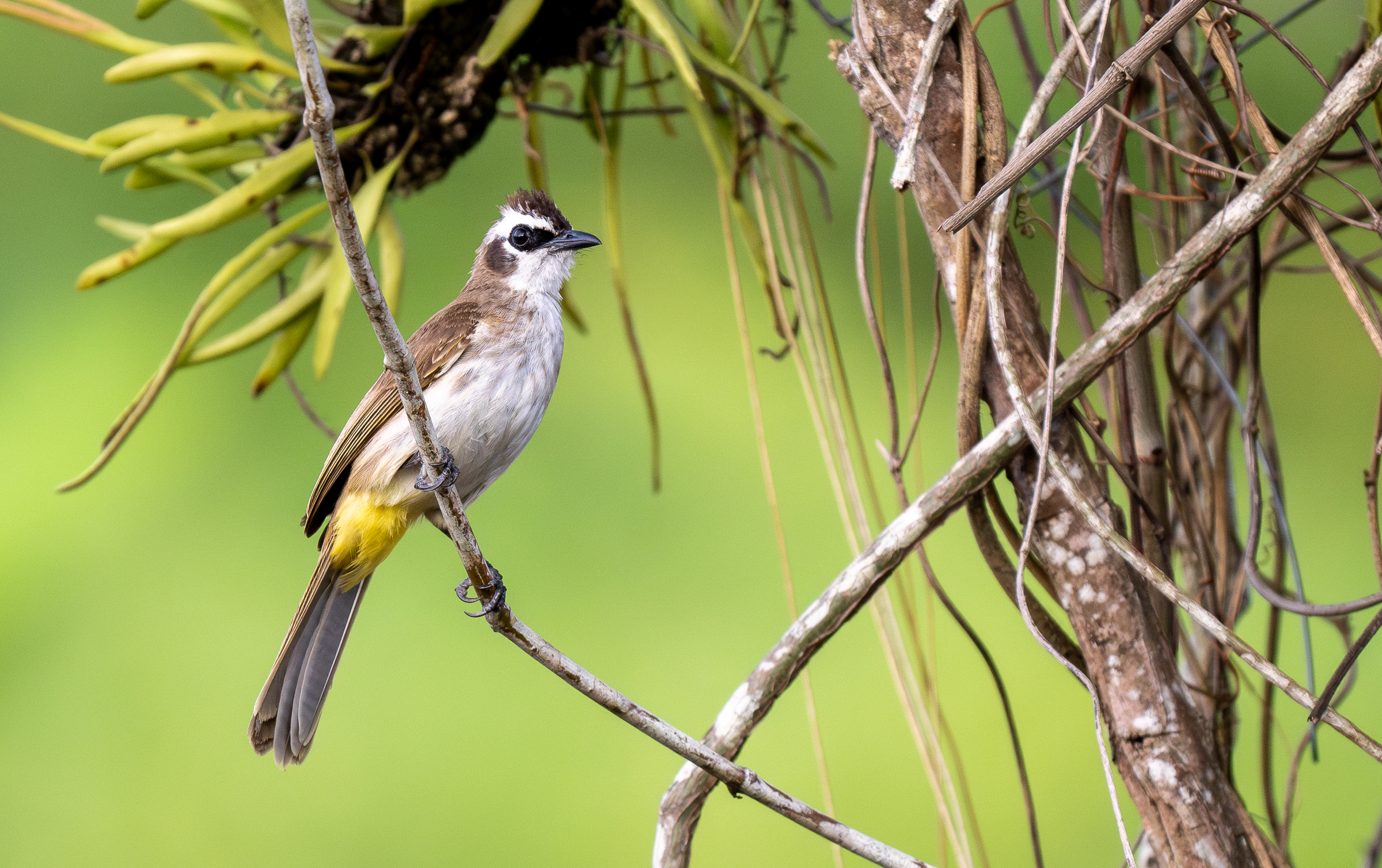As is probably obvious from my blog of late, 2023 has been a little bit nuts for me. Between international trips to Malaysia, Cambodia, Thailand, and Indonesia (twice!), plus a month traveling through the Philippines, I was traveling for almost 75% of the year between January and May. That hasn't let up since either, as I've spent almost all of the time since then on the road as well, mostly for work purposes. It means I've had some amazing bird experiences, for which I will be eternally grateful even as my hard drive fills with pictures and my blog posts become steadily more delayed. It's an incredible privilege, and one I certainly can't take for granted. Still, it's exhausting.
Following my month-long work trip in March and April, I spent a couple of much-needed stints at home in Sorsogon. When I'm traveling I take any spare moment I can get to go birding, partly because spare moments can be few and far between. At home, however, it's hard to resist the pull of my nice office chair and the opportunity to take a break from being on the go- and not only because of the backlog of hundreds of work emails and thousands of unprocessed bird pictures. Sometimes I really just need a break.
While it would be good form for me to spend my time at home trying to increase my Sorsogon list and explore unbirded sites, in reality birding is usually restricted to doing daily lists from my balcony. I'm not as assiduous in maintaining my balcony list as some others I know, and it's not the most prepossessing birding spot in the world either: a view over an open field with some scrubby trees and houses, close enough to the coast to get some mangrove species along with the usual open country birds. Bird lists are usually just 8-10 minutes of sitting on the balcony staring at the field to maintain my eBird streak (currently 716 days and counting!).
 |
| All 66 species of yard bird have been seen within this exact field of view |
Still, I've managed 66 species in the yard so far, not too bad for a patch of unimpressive habitat that I've birded almost entirely from one single stationary point. This includes 14 species endemic or near-endemic to the Philippines, a respectable total given how few endemics stray into areas like this. One of these is the Philippine Pygmy Woodpecker that occasionally shows up in the tree next to my balcony- usually a female, but once a male along with her. This is one of the more common endemics, and the only woodpecker that strays outside of proper forest areas, but it was still a great excuse for decent pictures of a cooperative bird.
 |
| Female Philippine Pygmy Woodpecker |
 |
| Pygmy Woodpecker photobombing a Lowland White-eye, another (near) endemic yard bird |
Balcony birding is also a chance to get closer looks at some of the local "trash birds" that are actually pretty gorgeous when appreciated properly. Black-naped Oriole is one of those- they're giant, bright yellow-and-pink birds that are easy to take for granted given how common they are, but we are lucky to have them be so common. Also one of the many exhibits in support of my take that Old World Orioles are far superior to New World Orioles.
 |
| Black-naped Oriole |
Asian Glossy Starlings are another under-appreciated urban bird; just as iridescent as the European Starlings I'm used to in the US, but with bright red eyes and the benefit of actually being native to where I see them rather than destructive invasives introduced by an addlepated Shakespeare fan. Yellow-vented Bulbuls are likely to become my 15th species of yard endemic once they're split from the bulbuls elsewhere in Southeast Asia, but even with endemism added in I'd describe them as more underwhelming than under-appreciated.
 |
| Asian Glossy Starling |
 |
| Yellow-vented Bulbul |
In late April I roused myself enough to visit the Cabid-an fishponds near my house to see if migration season had brought anything interesting. It hadn't, and birds were scarce as they often are- probably because of the local rich guy who comes in and builds hides so he can shoot Philippine Ducks. That's illegal of course, especially since the ducks are a protected species and this is government-owned land, but the only way rich people will ever face a consequence in the Philippines is if they piss off a politician. I did get nice looks at Whiskered Terns and Rufous Night Herons in the sunset light, while Watercock and Common Moorhen were much shyer, probably because of dumb guys with shotguns.
 |
| Whiskered Tern |
 |
| Rufous Night Heron |
 |
| Watercock |
 |
| Common Moorhen |
 |
| Philippine Coucal |
After some domestic travel at the end of April (see future blog posts), we returned home and I made one last visit to Nagsipit Falls, on the northern slope of Mount Bulusan. It's the only trail into good forest on Bulusan I know of that's publicly accessible, and it seems like the sort of thing that should have good birding. Unfortunately it's consistently extremely slow birding, with very few good birds turning up and none that I can't find more easily at Bulusan Lake with much less tough climbing. This visit was no exception, with barely any photo ops of birds besides a lone cooperative Blue-headed Fantail. There were a few different begonias to keep things interesting though, although I'm still working on IDing them.
 |
| Blue-headed Fantail |
 |
| Some sort of stick insect |
 |
| Amblychia sp. |
 |
| Heptodonta nigrosericea |
 |
| Begonia sp. |
 |
| Begonia sorsogonensis, mostly endemic to Mount Bulusan |
 |
| Begonia sp., possibly also sorsogonensis |
Spring is nesting season all over the Northern Hemisphere, and Sorsogon is no exception it would seem. Last year, we developed a new archenemy bird (distinct from a nemesis bird): Filbert the Philippine Pied Fantail, who took it upon himself to repeatedly attack his reflection in every window of our apartment, doing circuits around the entire building until he tired himself out, usually starting very early in the morning. We finally found the cause of it: baby fantails that eventually fledged, meaning he stopped his harassment. This year Filbert was at it again, and we eventually located the baby Filberts, who must have been hatched and raised in one of the trees in our garden. I admit that seeing the output of the daily harassment does make it a little less annoying, though I do still consider finding a slingshot every time I'm woken up at 5AM by an angry Filbert...
 |
| Baby Filbert! |
This year I was lucky to have two different species nesting in the same tree: Black-naped Orioles and Pied Trillers! The Orioles are interesting because the parents seemed to be feeding an immature bird at the same time the female was incubating eggs. That seems like lots of work to me, especially since young orioles are incredibly noisy and demanding, but they seem to be able to figure it out. The trillers were a treat, especially since I was there long enough to watch the eggs hatch and to see both the male and female feeding the tiny, fuzzy chicks.
 |
| Nesting Black-naped Oriole |
 |
| Immature Black-naped Oriole |
 |
| Male Pied Triller attending the nest |
 |
| Female Pied Triller feeding babies |
Unfortunately I had to leave again before they fledged so I missed out on that, but it was still a reminder of all the things we can see when we focus on a single spot, even just for a few minutes a day. This year has been nuts for a lot of reasons, and one of those is that I do miss out on more of those moments of slow birding where I get to watch the daily changes of things around me. I'm actually writing this from Sorsogon on another of my rare trips home, and sadly likely one of the last for the year... hopefully I'm able to find another patch to monitor this closely once my life calms down a little bit.















































Comments
Post a Comment